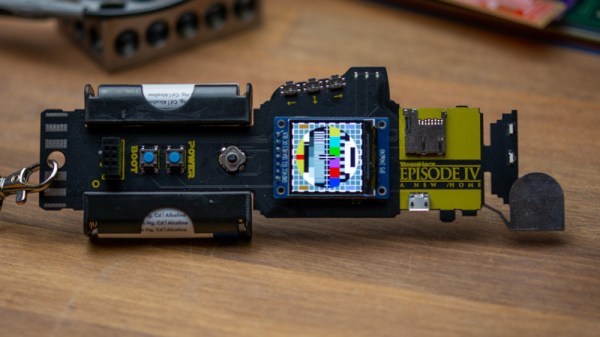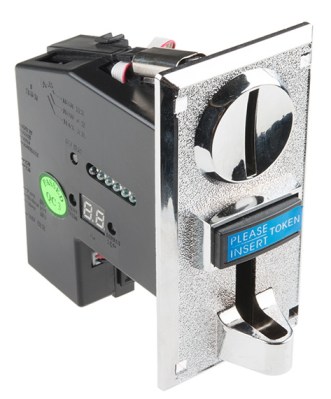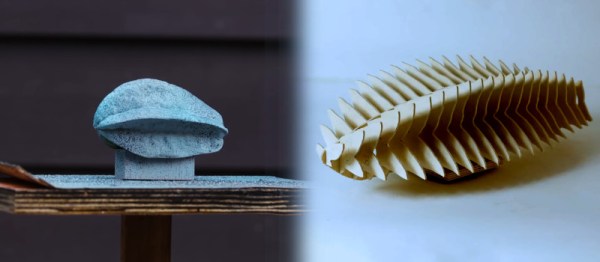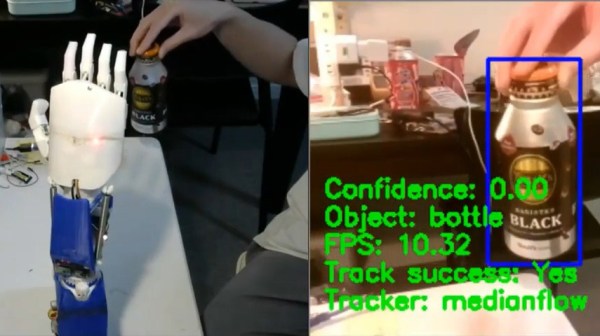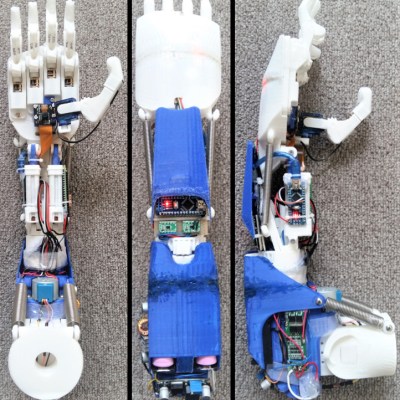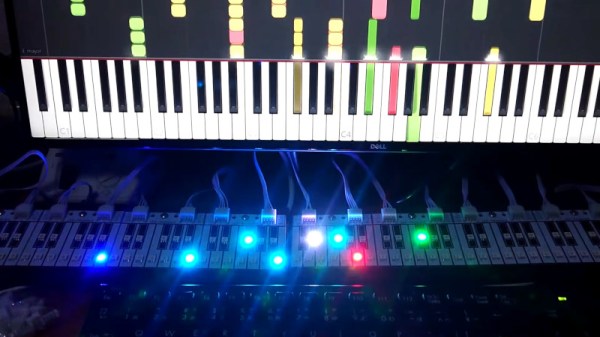Every August for the past four years, there has been a summer hacker camp on the Danish island of Bornholm, that may be a relatively new kid on the block but is slowly evolving into one of the summer’s essential stop-offs. This year for the first time they are moving to a larger site in an easier-to-reach part of the country, and in the usual build-up to the event they have released a teaser image of their badge.
Of course, you will want to know a little more about it than the picture can convey, so the BornHack folks were kind enough to give us a few more details. At its heart is a Silicon Labs Happy Gecko EFM32HG322F64G microcontroller, the same 25 MHz ultra-low-power ARM Cortex M0+ part that has featured in the previous BornHack offerings. Power comes from a pair of AA cells, and it sports a 240 x 240 pixel colour IPS display and an SD card holder. Connectivity is via USB and an infra-red interface for badge-to-badge communication, and human interface is via a mini joystick switch. Finally, it has a six-way v1.69bis Shitty Addon connector.
By some standards this is a relatively modest offering, but by using an evolution of their hardware from previous years as well as the same proven Geckoboot bootloader they are far more likely to deliver a satisfactory user experience than had they opted for a more ambitious design. We’ll be attending the camp, so we’ll report on the finished article once we have it.
BornHack will run from the 8th to the 15th of August, on the Danish island of Funen. There are a range of tickets still available, from single day visits to the whole week for 1200 DKK (about €160, or $181). Compared to some other events on our community’s calendar, we think that represents a bargain.

